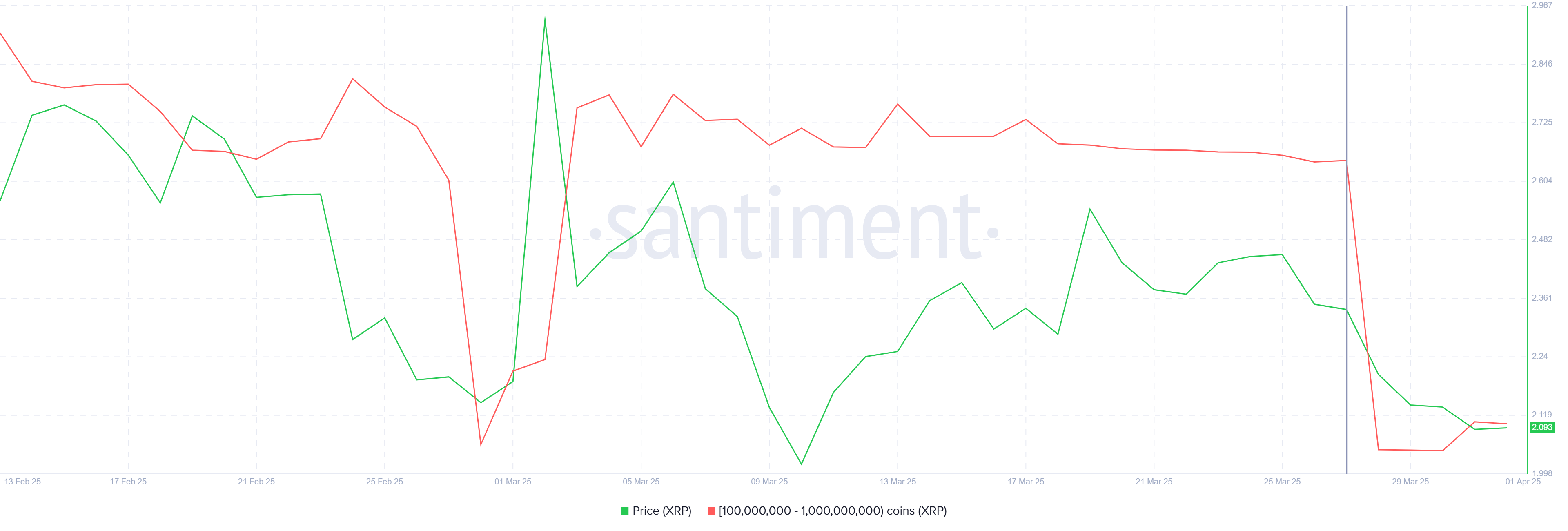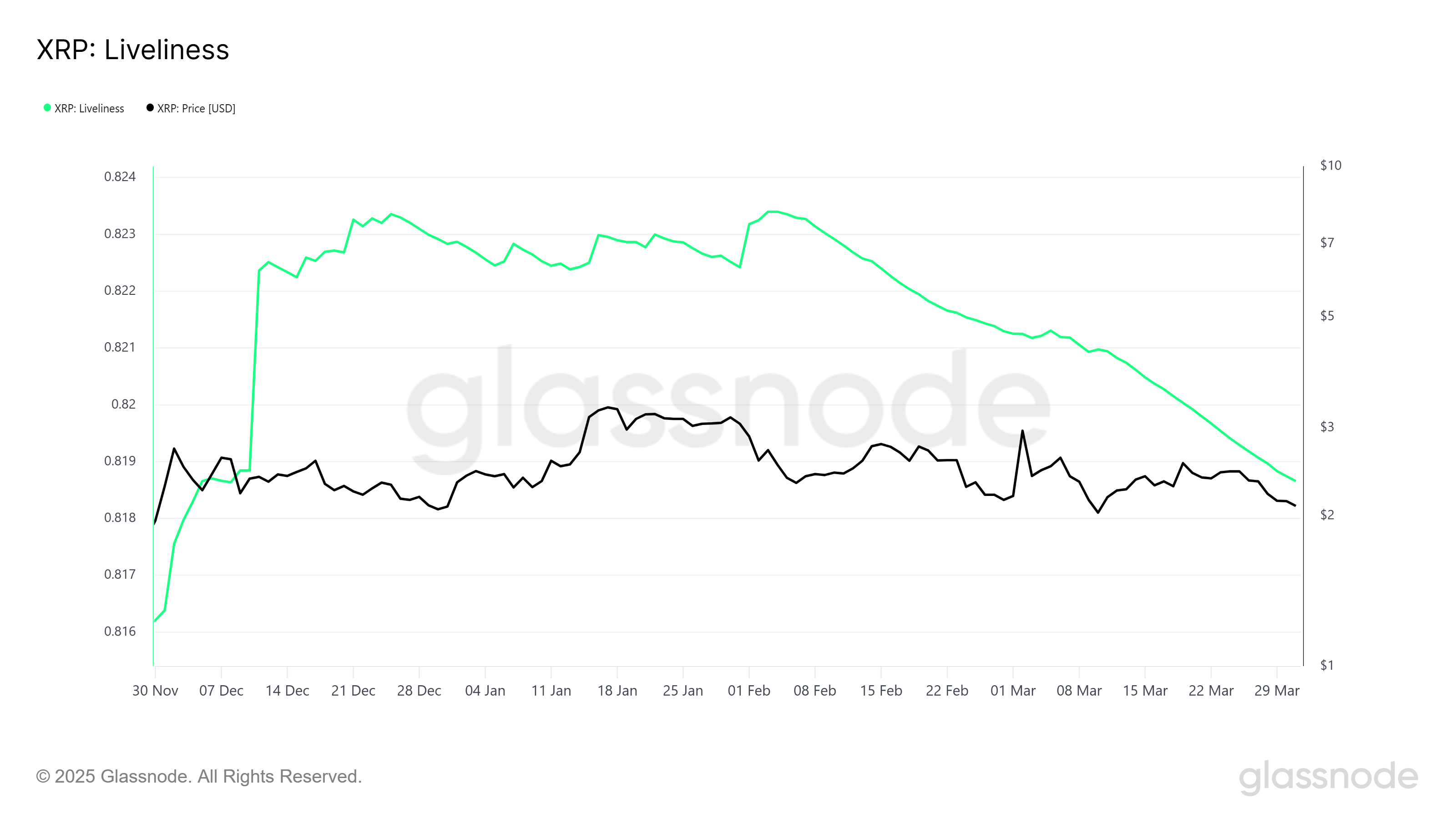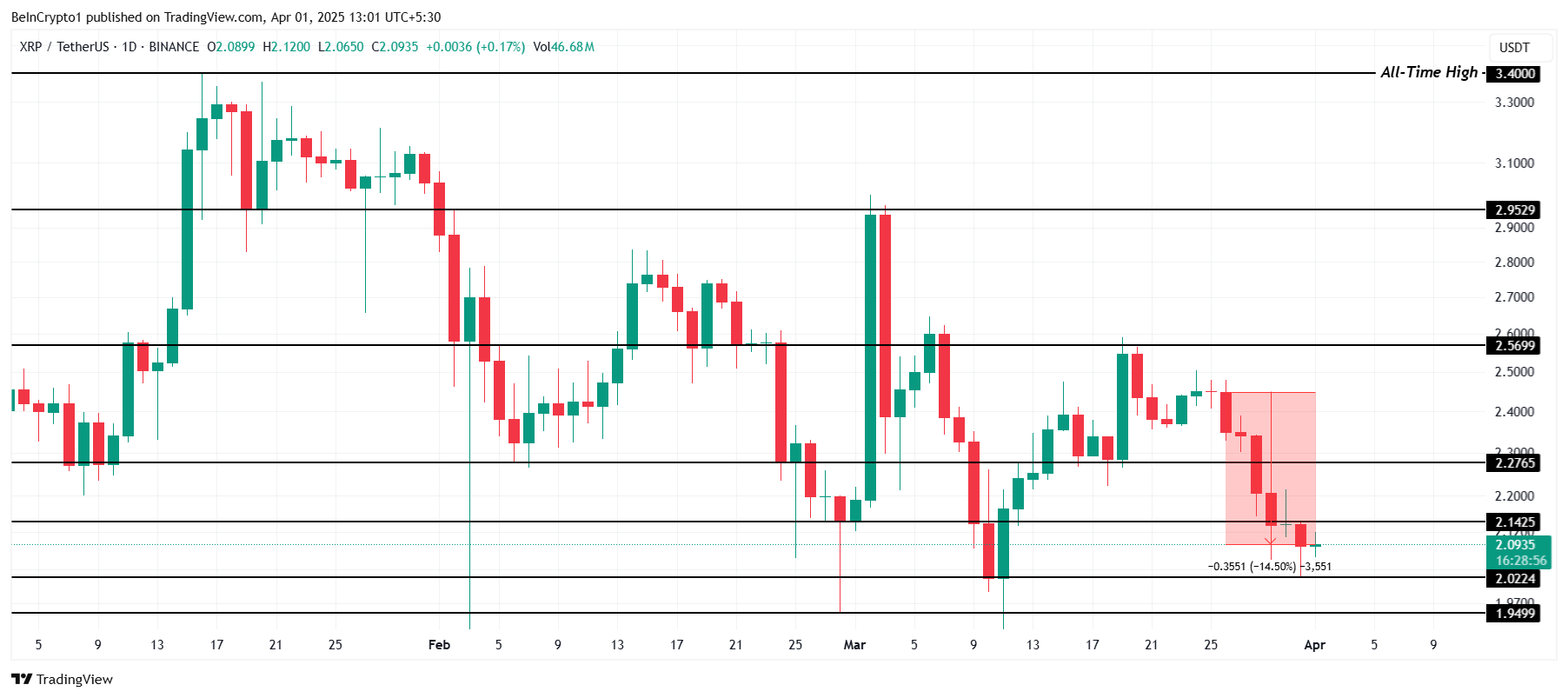Pi Network has been facing a challenging period after its price dropped by 18% in the last 48 hours.
This drop has invalidated its recent attempt to recover losses from March. The altcoin is now vulnerable to further corrections, raising concerns among investors.
Pi Network’s Bearishness Could Grow
The Relative Strength Index (RSI) continues to indicate that bearish momentum is still present. Currently stuck below the neutral line of 50.0, the RSI is signaling a lack of bullishness for Pi Network. This suggests that the altcoin may face additional downward pressure in the coming days.
The ongoing negative sentiment is compounded by the general market’s lack of momentum. Investors are hesitant to buy Pi Network due to the failure to sustain price recoveries. With no clear bullish signal from the RSI, the risk of further declines remains high.
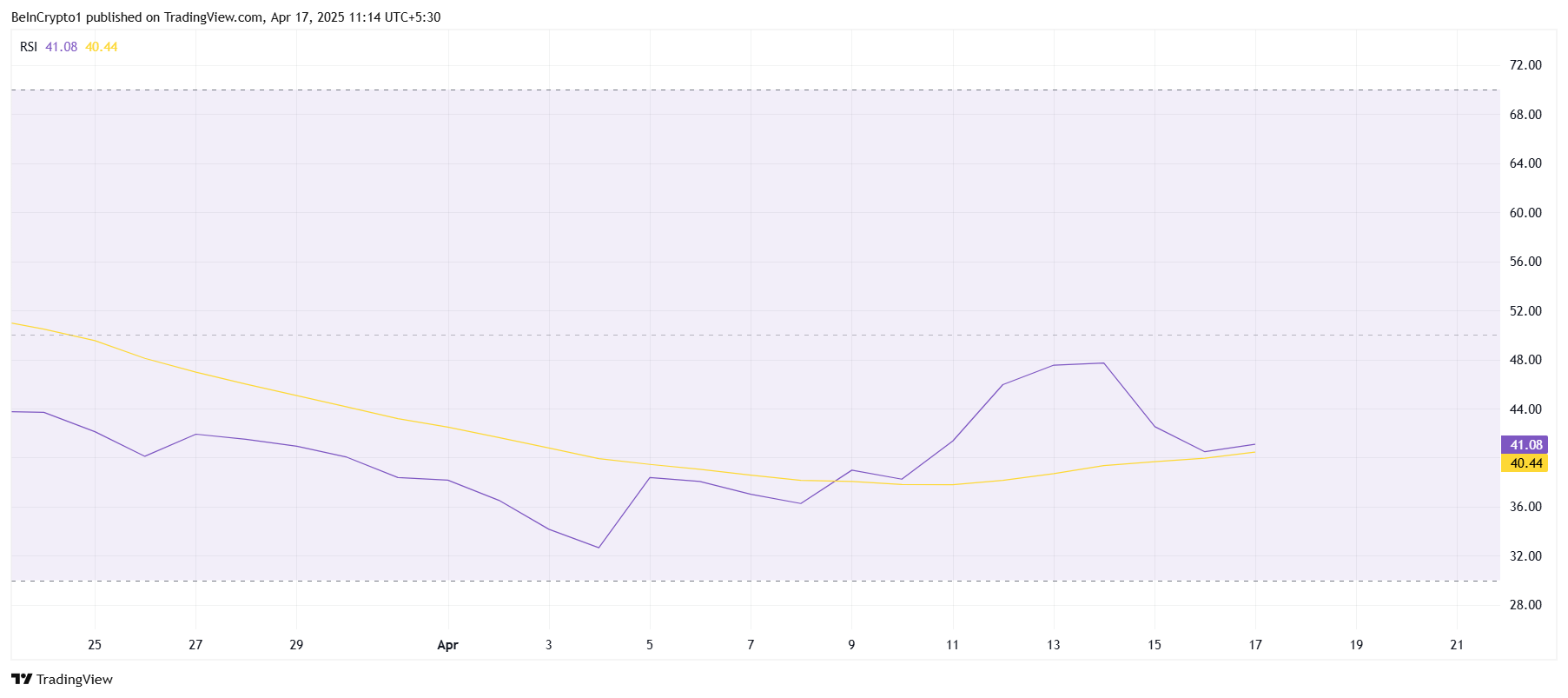
The Bollinger Bands are narrowing, indicating that Pi Network may soon experience a surge in volatility. This contraction typically signals an impending price breakout or breakdown. However, if the bearish momentum continues, Pi Network could face a sharp decline, confirming the downward trend.
Given the current squeeze in the Bollinger Bands, Pi Network’s price could see a significant move soon. If the bearish trend holds, this volatility may drive the price lower, exacerbating the altcoin’s already weak performance. The uncertainty surrounding the market adds to the vulnerability of Pi Network.
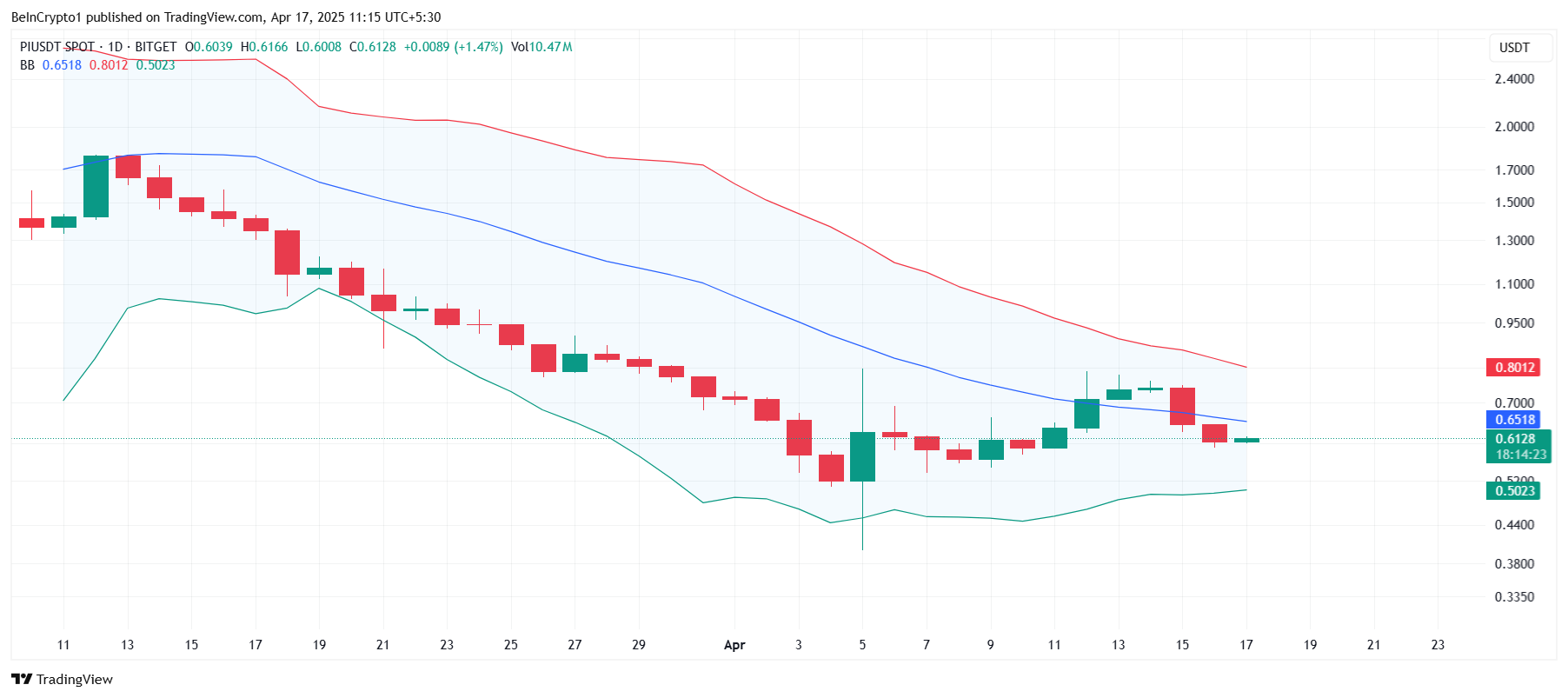
PI Price Is Facing A Decline
Pi Network’s price is currently at $0.613, but it is still stuck below the $0.617 resistance level. After the 18% drop in the last two days, the altcoin remains under pressure. If the price continues to face downward momentum, it may struggle to break through key resistance levels.
The next major support level for Pi Network is $0.519, which could be the next target if the selling pressure intensifies. A drop to this level could be a precursor to further declines, potentially bringing the price below $0.500. This would significantly impact investors holding the altcoin.

However, if Pi Network can reclaim the $0.617 support, it could break the downtrend and rise toward $0.710. Breaching this resistance would invalidate the bearish outlook and could spark a recovery, giving investors hope for a reversal.
The post Pi Network Faces 18% Loss in 48 Hours, Decline to $0.50 Possible appeared first on BeInCrypto.



